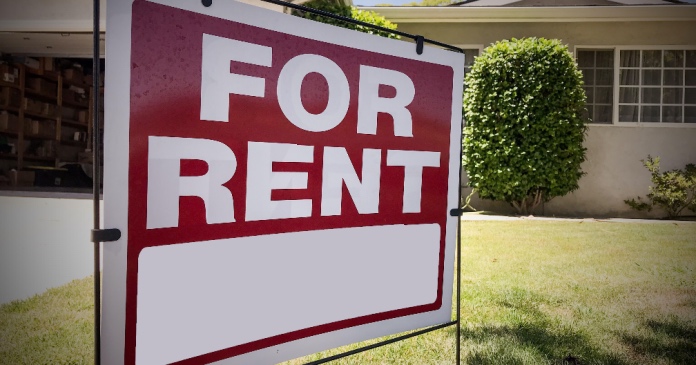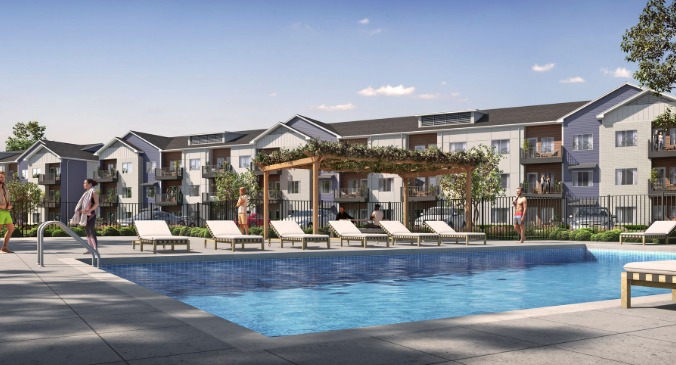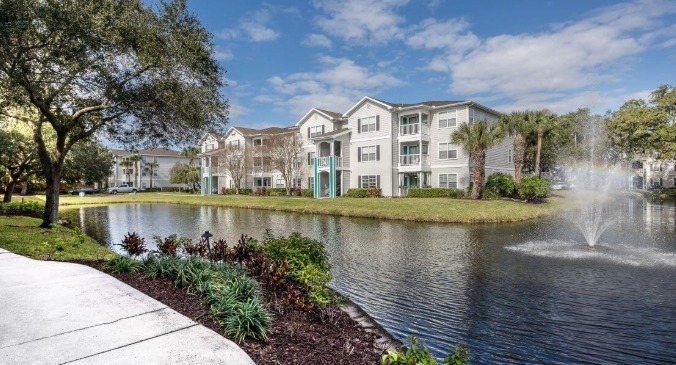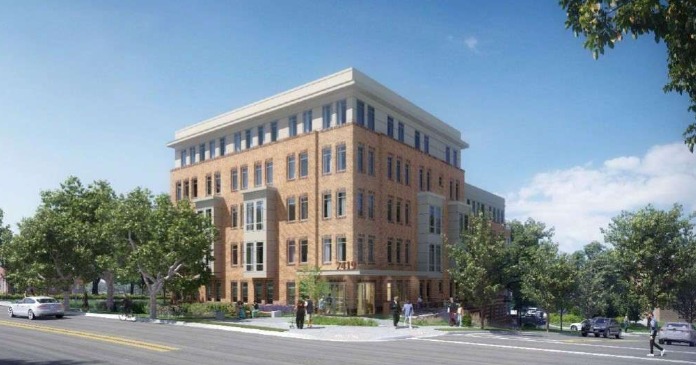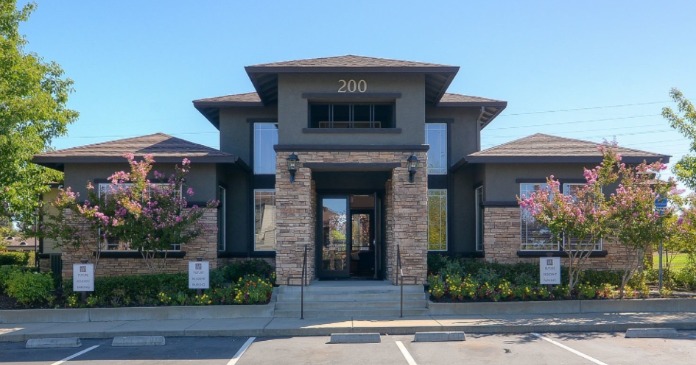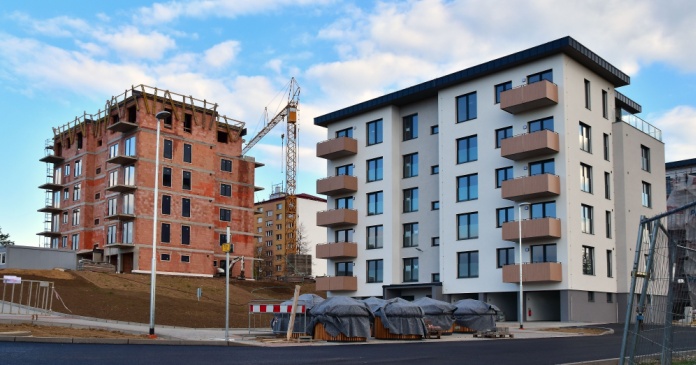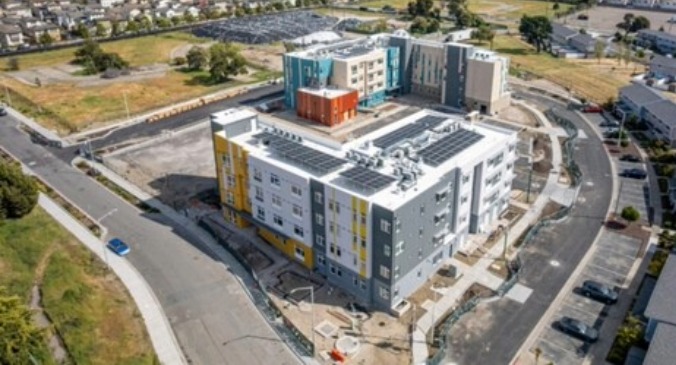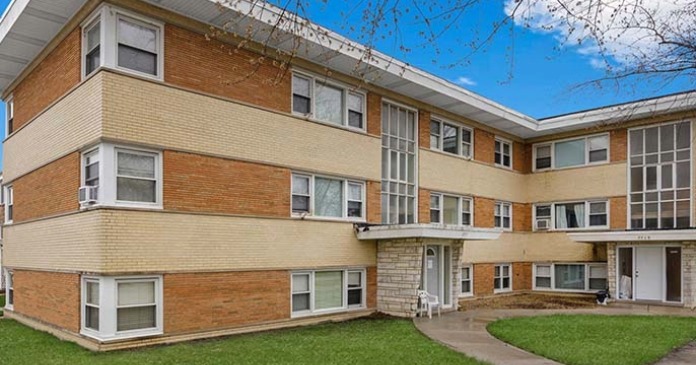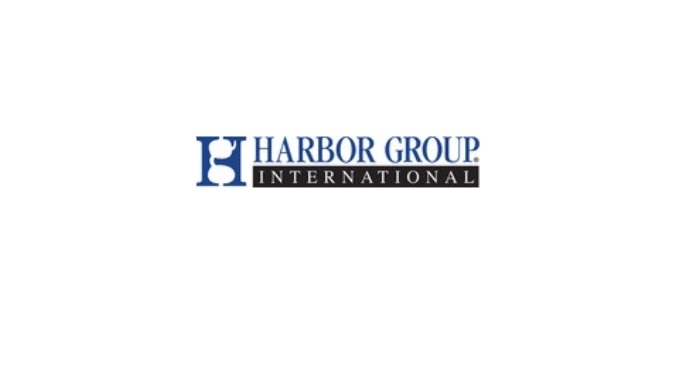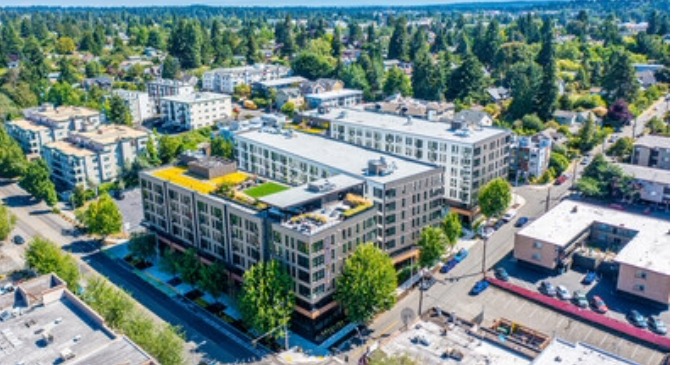I was born in California but now reside in Texas. It makes me happy to tell people, “What happens in California doesn’t STAY in California.” This statement horrifies some people but holds true for multiple industries. If you think I am mistaken, look it up online (oh, yeah thank you, California, for the internet!)
I also think that the same statement of “What happens in…” also applies to the United Kingdom. From the Fab Four to the English language to the English muffin we have appropriated and benefited from the innovations coming from the UK. (Ok, English muffins were invented in New York, but by a British immigrant trying to invent toaster crumpets, but you get it, right?)
The point is that there are opportunities when seemingly new things come to us from other places. Which is why I am excited to share my recent discussion with Breana Wheeler, Director of Operations – U.S. for the UK’s Building Research Establishment (BRE). In her, I found a kindred spirit in our appreciation of BREEAM (Building Research Establishment Environmental Assessment Method). Understanding how BREEAM can benefit multifamily assets, particularly in the context of Global Real Estate Sustainability Benchmark (GRESB) reporting, is essential for forward-thinking owners and managers.
What is BREEAM?
BREEAM is one of the world’s longest established and most widely used environmental assessment methods for buildings. Developed by BRE, it provides a holistic framework for assessing the environmental performance of a building across its lifecycle, from design and construction to operation and refurbishment, BREEAM evaluates a building’s performance in nine key categories.
Each BREEAM category has a set of credits that can be achieved, leading to an overall BREEAM rating ranging from “Pass” to “Outstanding.” This comprehensive assessment provides a clear benchmark for environmental performance and encourages the adoption of sustainable practices throughout a building’s lifecycle.
Like with many certification programs, such as LEED or Energy Star, BREEAM certified properties enjoy reduced operational costs, growing brand recognition, green loan opportunities, and climate risk mitigation (think drought and energy price volatility). Beyond that, what is exciting about BREEAM is how the certification can directly benefit your portfolio’s GRESB performance.
Here’s how BREEAM directly benefits GRESB reporting for multifamily properties:
- Direct alignment with GRESB indicators: Many of BREEAM’s assessment categories directly correlate with GRESB’s reporting requirements. For instance, data gathered for BREEAM’s Energy, Water, and Waste categories can be directly used to populate relevant sections in the GRESB Real Estate Assessment. The efficiency in being able to use the same data for multiple purposes is delightful; you only have one assignment, and it can count for two classes.
- Demonstrated commitment to green building certifications: GRESB specifically awards points for green building certifications like BREEAM. By having certified assets within their portfolio, multifamily owners can significantly boost their GRESB scores in the “Building Certifications” and “Performance Indicators” sections. Considering that GRESB recently changed its approach to green building certifications, the BREEAM’s acceptance is relevant.
- Improved management and performance scores: The comprehensive management systems and operational strategies encouraged by BREEAM directly contribute to higher scores in GRESB’s “Management” and “Performance” components. BREEAM’s emphasis on data monitoring and continuous improvement aligns perfectly with GRESB’s focus on demonstrable performance.
In conclusion, BREEAM offers a robust and internationally recognized framework for assessing and improving the environmental performance of multifamily properties. Beyond the inherent benefits of reduced costs, enhanced marketability, and improved resident well-being, BREEAM plays a crucial role in bolstering a portfolio’s GRESB performance. By strategically pursuing BREEAM certification for multifamily assets, owners and managers can not only create more sustainable and desirable living spaces but also demonstrate a leading commitment to ESG principles, ultimately driving long-term value and attracting responsible investment.




